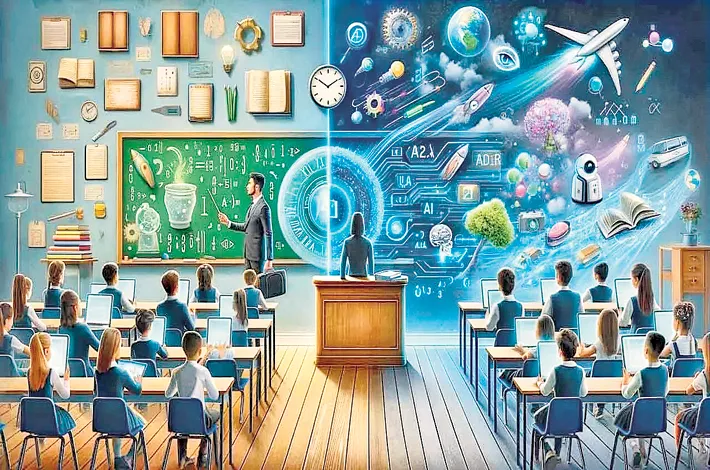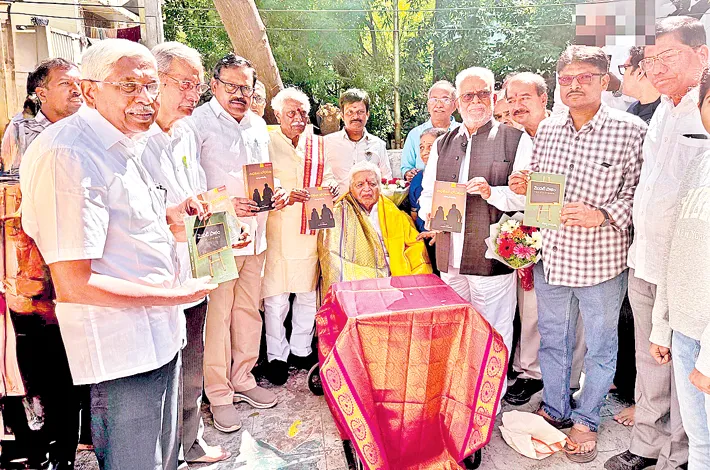Telangana govt to teach AI in schools
17-03-2025 12:00:00 AM

metro india news I hyderabad
The School Education department of Telangana Government on Saturday launched the Artificial Intelligence based Foundational Literacy and Numeracy (FLN) program in 383 government for students of classes 3-5. Earlier it was piloted in six selected districts- Bhadradri Kothagudem, Khammam, Narayanpet,Vikarabad,Medchal and Medak.
The success of the pilot project has made it to be expanded to 27 districts. The FLN initiative uses AI-driven solutions to enhance the reading, writing, and arithmetic skills which are considered to be the key building blocks for academic success.
The initiative is also intended to enhance learning abilities through adaptive and personalized digital assistance. These steps reflect Telangana government’s broader strategy to modernize education and position itself as a leader in AI innovation, aligning with its declaration of 2020 as the "Year of AI" and its ongoing Telangana AI Mission (T-AIM) in collaboration with NASSCOM.
Additionally, the Telangana government has partnered with the Bengaluru-based “EkStep Foundation” to introduce AI-powered tools in government schools to enhance learning methodologies and teaching effectiveness.
The tool includes two components — Assisted Language Learning (ALL) for Telugu and English, and Assisted Mathematics Learning (AML) for mathematics. Students will be required to log in with personalised credentials to access the platform. Learning modules are structured according to grade levels, and students will be assessed based on their respective learning abilities.
The curriculum is being developed by a dedicated team, including an additional director from the School Education Department and subject experts from the State Council of Educational Research and Training (SCERT). The syllabus will cover foundational topics such as an introduction to computers, the origins of AI, its current applications, and real-world examples. By embedding AI into the education system, Telangana aims to not only enhance learning outcomes but also cultivate a workforce capable of contributing to the state as well as country’s technological advancement in the years to come.








